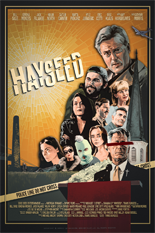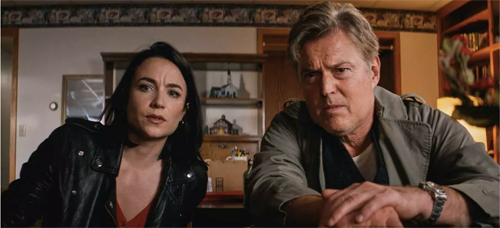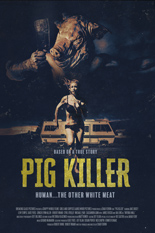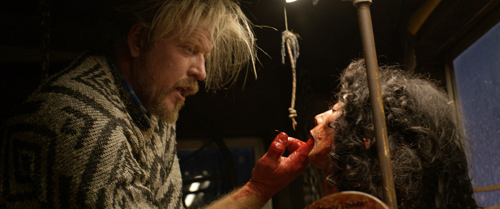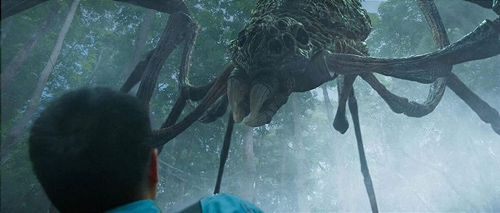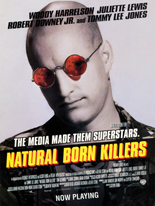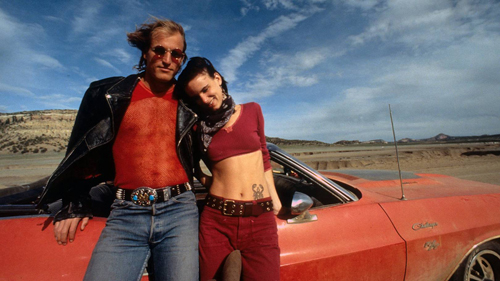
Scott Bateman’s premise for 5000 Space Aliens is simple: 5,000 alien life forms walk among us. For your awareness and safety, this movie shows you what each of them looks like, at just one second per, because prolonged exposure is dangerous.
For the next 83.3 minutes (with the 3 repeating; I did the math), your eyes and ears are subjected to the kind of experimental work you don’t often see outside of film school. Luckily, this one is worth the sensory overload.

Instead of merely presenting static photographs, Bateman — perhaps best known for remaking 1960’s Italian trash classic Atom Age Vampire as an animated film — has constructed intricate, moving collages. Some have famous faces (POS evangelist Robert Tilton, who pops up more than once); others bear nonsensical phrases (“wooly coarse things”) or even a can of red kidney beans. Nearly every “alien” begs for a push of the pause button.
This could — would — get old quickly, if not for the kickin’ instrumental score, also Bateman’s, stringing you along. The more upbeat, the better the hold on your attention. Perhaps intoxicants level that playing field? You tell me.
This visual album is RIYL Koyaanisqatsi, but longed for more people and a less sleepy soundtrack. It’s a vibe. —Rod Lott


